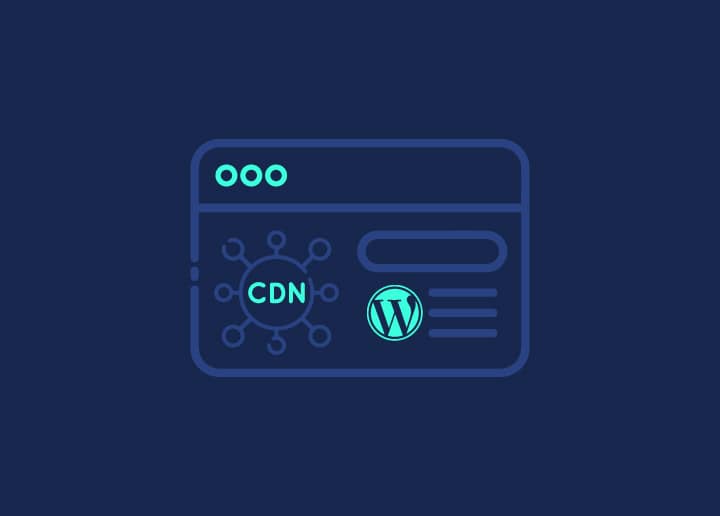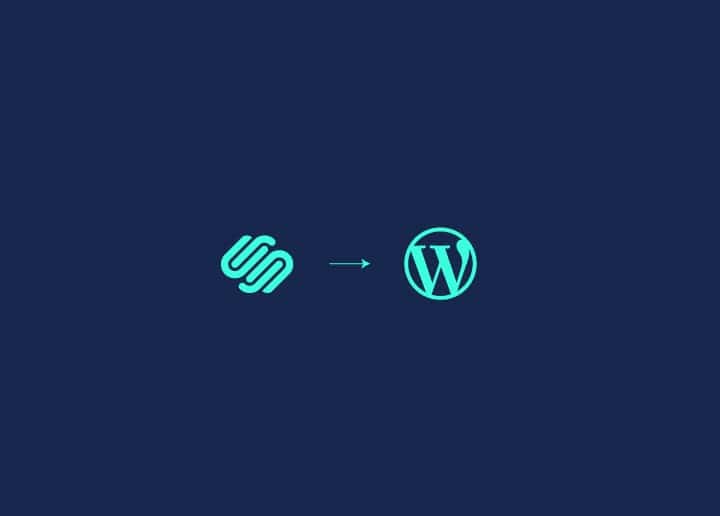In today’s digital landscape, securing your WordPress website is of paramount importance. With cyber threats becoming increasingly sophisticated, it’s crucial to implement robust measures that not only safeguard your website’s data but also enhance its performance. One effective strategy that combines security and performance is utilising a Content Delivery Network (CDN).
In this comprehensive guide, we’ll delve into the world of CDNs, providing you with expert tips and insights on how to secure your WordPress website with a Content Delivery Network. From understanding the basics to implementing advanced security practices, we’ve got you covered.
Contents
ToggleUnderstanding Content Delivery Networks (CDNs)

A Content Delivery Network is a network of servers strategically located around the world. Its primary purpose is to efficiently distribute website content to users based on their geographic location, thereby reducing load times and enhancing user experience. CDNs also offer robust security benefits. By distributing traffic across multiple servers, CDNs can mitigate Distributed Denial of Service (DDoS) attacks, preventing them from overwhelming your website’s server.
Tips to Securing Your WordPress Website With CDN
As you explore the realm of securing your WordPress website with a Content Delivery Network, you’ll find a wealth of strategies and practices to bolster your website’s defense mechanisms. Here are some actionable steps you can take:
Choosing the Right CDN Provider
When selecting a CDN provider, it’s essential to conduct thorough research. Look for providers that offer a robust set of security features, such as Web Application Firewall (WAF) integration, Secure Sockets Layer (SSL) certificates, and real-time threat monitoring. A reliable provider will ensure your website’s data is encrypted, and vulnerabilities are proactively identified and mitigated.
Implementing SSL Encryption
SSL encryption is a fundamental security measure that safeguards the data exchanged between your website and its visitors. When information is transmitted over an SSL-encrypted connection, it becomes significantly harder for malicious actors to intercept and exploit the data. Many CDNs offer SSL certificates as part of their services, providing an added layer of security.
Read: GDPR Compliance And WordPress Maintenance In The UK
Utilising Web Application Firewalls (WAFs)
A Web Application Firewall (WAF) acts as a shield between your website and potential threats. It analyses incoming traffic and filters out malicious requests, such as SQL injection and cross-site scripting attacks. By integrating a WAF into your CDN, you can ensure your website is protected against cyber threats.
Leveraging DDoS Mitigation
Distributed Denial of Service (DDoS) attacks involve overwhelming a website with an influx of traffic, rendering it inaccessible to legitimate users. CDNs can help mitigate DDoS attacks by distributing traffic across multiple servers and employing advanced filtering techniques. This ensures that even during an attack, your website remains accessible to users.
Implementing Two-Factor Authentication (2FA)
Two-Factor Authentication (2FA) adds an extra layer of security to your WordPress website’s login process. In addition to entering their password, users must provide a second form of authentication, such as a unique code sent to their mobile device. By implementing 2FA, you significantly reduce the risk of unauthorised access to your website’s admin panel.
Regularly Updating Plugins and Themes
Outdated plugins and themes can serve as entry points for cyber attackers. Hackers often exploit vulnerabilities in outdated software to gain unauthorised access to websites. To prevent this, ensure that all plugins and themes are regularly updated to their latest versions. Many CDNs offer automated updates as part of their services.
Monitoring and Analysing Website Traffic
Effective security involves constant monitoring and analysis of website traffic. CDNs often provide real-time analytics that allow you to track visitors, identify potential threats, and detect unusual patterns. By staying vigilant, you can address security issues promptly and prevent potential breaches.
Backup and Recovery Strategies
In the unfortunate event of a security breach, having robust backup and recovery strategies in place is essential. Regularly back up your website’s data and files to a secure location. CDNs often offer backup services that can help you quickly restore your website to its previous state.
Conclusion
Securing your WordPress website with a Content Delivery Network is a strategic move that combines performance optimisation and robust security measures. By understanding the role of CDNs, choosing the right provider, implementing SSL, and embracing other security practices, you can fortify your website’s defense.
Remember that maintaining a proactive stance towards security is essential, and regularly updating your website’s components and monitoring traffic patterns will help you stay one step ahead of potential attackers.
Need help securing your WordPress website in the UK? We can help! Get in touch with us today!




